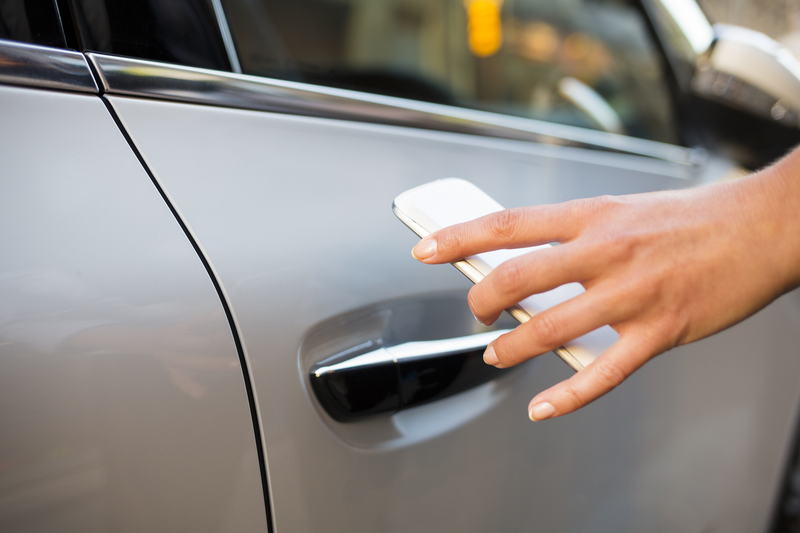How connected cars are driving the IoT network

By the year 2020 there will be 250 million connected cars on the world’s roads, with over 25 billion Internet of Things (IoT) devices globally, according to the research firm Gartner.
And in many ways it will be the connected car – and, ultimately, the self-driving (or autonomous) car – that will drive the rapid growth of the IoT over the next decade and beyond.
While it can be difficult to foresee how new IoT smart devices, applications and infrastructure might impact on our lives in five or 10 years’ time, it’s relatively easy to imagine our smart automotive future.
The connected car is already a reality for millions of drivers, with today’s 4G networks powering navigation devices, traffic alerts and streaming terabytes of video and music to in-vehicle entertainment systems.
In addition to improved navigation and driver-assist features, new in-car gaming and streaming technologies will soon offer passengers their own unique interactive entertainment systems, streaming music, movies and connected, multiplayer games, apps and web content.
A recent IDC study predicts the global annual data volume will reach 44 zettabytes (44 billion terabytes) by 2020, with connected in-car services and entertainment streams a major contributor to this growth.
A digital revolution in car entertainment
We are genuinely on the verge of a digital revolution that, as Gordon Wagener, Head of Design at Daimler AG, recently noted will: “change the car more in the next couple of years than ever before. In the future, the way you will be watching movies in the car is a much more immersive experience.
Smart cities and governments have to embrace the New IP to ensure the networks they have in place are fast, agile and scalable
"You will be watching 360-degree movies, your car is perfect for that, as it will be a room on its own.”
Imagine, for example, that in December 2019 you are setting off on a long drive from London to Inverness, for a family Christmas break to see the in-laws.
Your partner in the passenger seat might don his or her headset and enjoy the latest award winning movie, whilst the kids keep themselves entertained with the latest multiplayer gaming streams in the back - IoT’s promise of ubiquitous connectivity is perhaps nowhere more appealing than it is to bored children and irate passengers on lengthy car journeys.
Our on-the-road media consumption habits are set to change drastically over the next five years, as we see new partnerships between content creators and automotive technology businesses.
Spotify, for example, has recently hired an automotive strategic partnership manager in Detroit: a weathervane of where the music industry sees the connected car of the future heading.
After all, if the latest forecasts coming out of Juniper Research are anything to go by, data intensive services such as internet radio, music streaming applications and information services will generate arund 6,000 petabytes per annum by 2021.
That equates to an astounding 300 billion hours of music streaming a year.
Autonomous cars: IoT icons driving network growth
The autonomous car, typified by Google’s Self-Driving Project, has become something of an IoT icon due to the many mainstream consumer technology and news sites that use the image of Google’s quirky self-driving bubble car to illustrate any IoT news or 'connected future' features.
All great publicity, for sure, but the reality is also that one in five cars worldwide will have a digital imprint by 2020, with Gartner predicting that connected car production will break 60 million new vehicle shipments per annum by 2020.
Currently, most in-car connectivity is still tethered to a smartphone, though next year will see an important turning point, with the number of ‘embedded’ systems from car manufacturers finally overtaking tethered models.
And by the year 2020, Gartner expects to see 43 million embedded connected car models rolling off the production lines, compared with 18 million tethered vehicles.
With those figures in mind, if you also consider that the current batch of autonomous cars in testing (at technology and car companies such as Google, Apple, Uber, Volvo and Ford) produce up to two gigabytes of data per second to safely navigate the smart city and road network, the challenge to the overall networking infrastructure becomes even clearer.
Smart cities and governments have to embrace the New IP to ensure the networks they have in place are fast, agile and scalable.
The New IP offers an automated, dynamic range of network capabilities based on software and virtualisation, hence it is fundamental to delivering on the IoT promise for the millions of drivers of connected cars in the near future.
Drivers of connected cars will require fast, automated and open networks to ensure the digital revolution of the connected car is smart, safe and fun for all.
To meet this requirement it’s imperative that network operators, car manufacturers, technology companies and content providers establish new collaborative partnerships, developing open, flexible, networks and cloud solutions to support the automotive future.

Leave a comment
Alternatively
This will only be used to quickly provide signup information and will not allow us to post to your account or appear on your timeline.